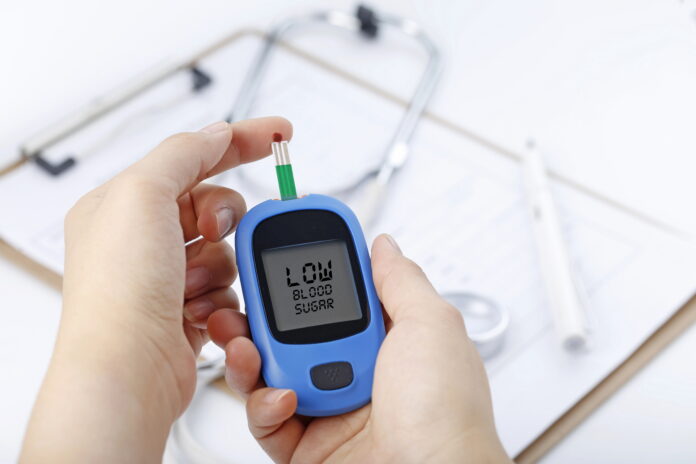Researchers in New Zealand explored jet injection and found it to release sufficient blood for blood glucose monitoring.
Diabetics often have to take several blood glucose readings per day. This requires them to prick their fingertips with a needle for the collection of a drop of blood. A glucose meter then gives a reading and indicates the amount of insulin required. The fingertips are a perfect site for the collection of blood due to the high density of blood vessels. However, constant pricking puts them at an increased risk of skin damage, bruising, and pain. Therefore, researchers are working on developing needle-free methods of glucose monitoring for diabetics.
Recently, researchers at the Auckland Bioengineering Institute (ABI), University of Auckland, New Zealand explored the use of jet injection for glucose monitoring. The team recruited 20 healthy participants who received the standard needle prick and jet injections through three different shaped and sized nozzles. The findings of the study are available in the Journal of Diabetes Science and Technology.
These nozzles were designed to mimic the wound left from a lancet prick, in the anticipation that it might release blood in a way similar to a lancet prick.
Jiali Xu, lead author
What is Jet-Injection?
This is a relatively new technology that uses a high-speed narrow jet of fluid to directly deliver drugs into the skin. However, for the first time, researchers planned to extract and not inject fluid.
Our technology has the capability to both deliver and withdraw fluid. No other jet projection technology has that capacity.
Dr. Taberner, study author
The team, led by Jiali Xu and James McKeage, demonstrated that a small volume of harmless saline solution can be used to pierce the skin and release blood for measurement. Notably, the jet injection helped release a sufficient amount of blood for glucose monitoring. Moreover, the study showed that a slot-shaped nozzle and/or a nozzle with a larger outlet area worked better than others. The study participants did not find the jet injection any more painful than a standard needle prick.
The ABI researchers now hope to develop the technology further. They aim to create a single device with the ability to measure blood samples and deliver insulin based on glucose measurement.
Reference:
Jiali Xu et al, Jet-Induced Blood Release From Human Fingertips: A Single-Blind, Randomized, Crossover Trial, Journal of Diabetes Science and Technology (2021). DOI: 10.1177/19322968211053895




